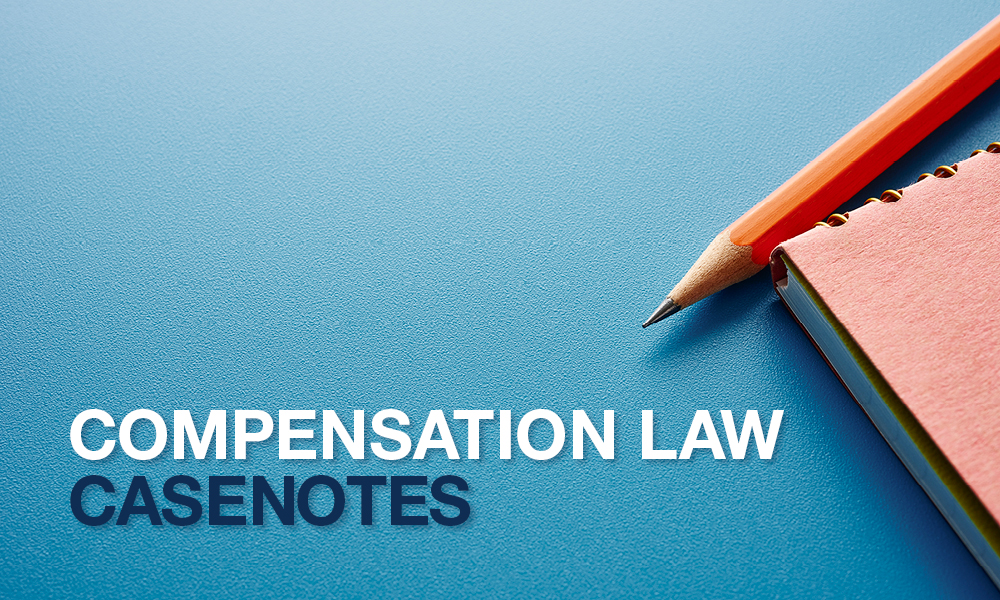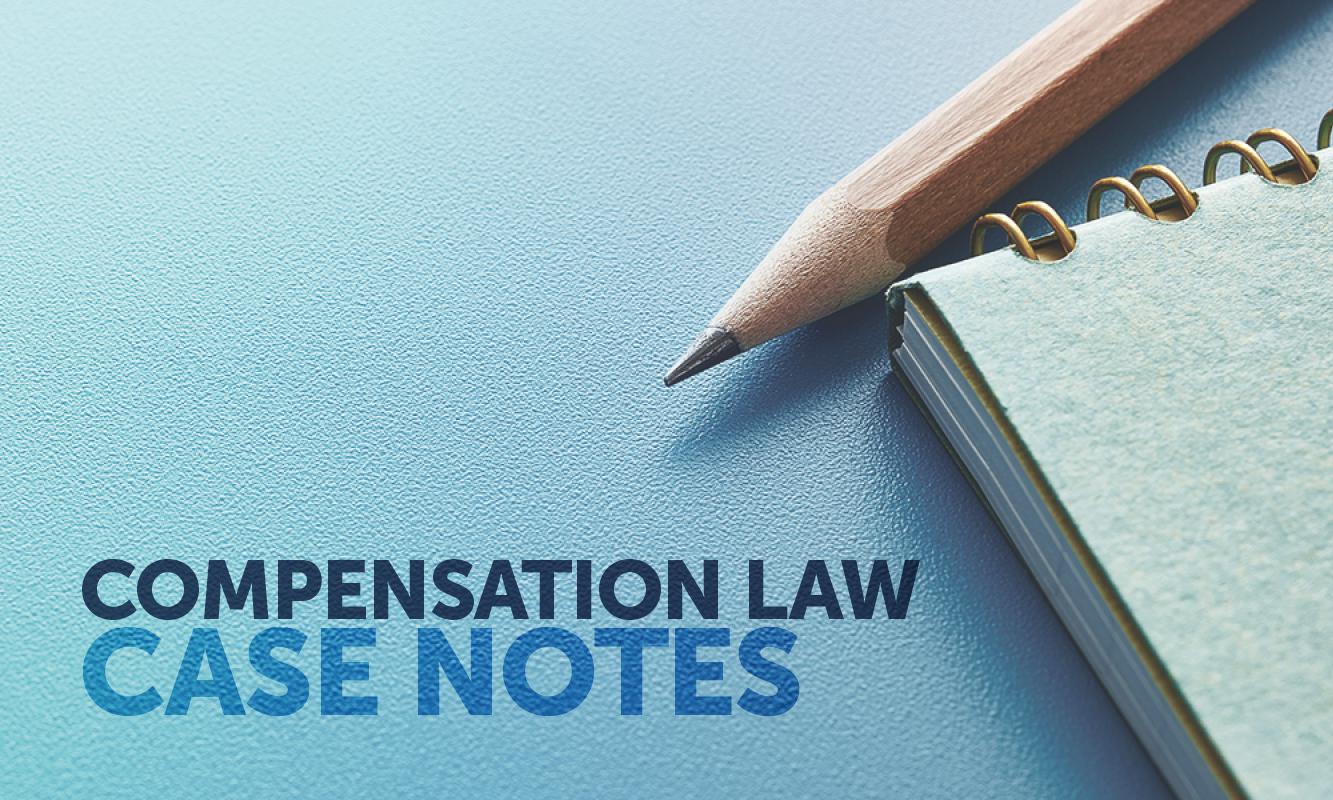…pre-accident conditions – surveillance evidence – expert credibility – stair tread – lighting
On 2 July 2016, the plaintiff left a children’s birthday party that was held in the upstairs room at a putt-putt and children’s play centre.
The plaintiff pleaded that whilst she descended the stairway her foot slipped off a carpeted stair tread, causing her to fall down the narrow stairway and thereby sustaining injuries. Her injuries included a mechanical injury to her spine, soreness and pain in her neck, chronic conversion disorder, depression and deep vein thrombosis in her right leg.
Despite the plaintiff’s pleaded case she couldn’t provide a precise account of the circumstances of her fall. Contemporaneous reports to the ambulance and hospital noted that she “slipped”, “right foot rolled and slipped”, “right foot tripped and rolled”, “Pt unsure how she fell”.
The plaintiff gave evidence that she paused her descent to alert the other members of the party by saying words to the effect, “be careful, you can’t get your foot properly on the stairs”.
The plaintiff submitted that the probable, if not only, available inference is that her fall was because the stairs did not comply with the Building Code of Australia on the basis that the goings were less than the required dimension of 250mm resulting in the treads being too small to place her foot and there were inconsistent risings and goings on the steps.
This resulted in an overstep on the stair and her foot slipping off the carpeted nosing. She also pleaded that the risk of falling was exacerbated by poor lighting.
The defendant submitted that there were a number of other reasons why the plaintiff fell, unrelated to the stairs, including; distraction, pre-existing dizziness and unexplained falls as recently as two weeks prior to the incident, obesity and instability in her knee.
The defendant also submitted that the plaintiff did not exercise due care for herself and a deduction of no less than 50% ought be applied for contributory negligence. The defendant also employed the use of surveillance video to submit that the plaintiff was overstating her injuries.
The plaintiff was a disability support worker. She had applied for a full-time position prior to the accident where she would have earned $820 net per week. At the time of trial, she was working three days per week for NSW Health.
Decision
Judgment for the plaintiff. Decision delivered by Walton J, 24 May 2022.
Ratio
Despite some of the contemporaneous evidence supporting that the plaintiff slipped, this did not make up for the shortfall in the plaintiff’s evidence that she did not know why she fell. Despite this, His Honour drew inference from the available evidence and accepted the mechanism of overstep had a significant probability of causing the slip and fall.
His Honour concluded that the risk of fall from the subject stairs was not insignificant, and the defendant ought to have taken measures such as rebuilding the stairs or restricting access.
There was no deduction for contributory negligence.
It was accepted that the plaintiff suffered both physical and psychological injuries. His Honour accepted that the plaintiff had pre-existing psychological vulnerability and discounted her psychological injuries by 40%.
The defendant placed reliance on surveillance footage that showed her being able to lift her leg despite her evidence that she had ‘foot drop’ and was barely able to lift her foot up at all. His Honour accepted the plaintiff’s evidence that she suffered some real impairment and did not accept that the footage established that the plaintiff overstated her injuries. He further noted that the footage did not warrant any adverse credit findings as to the plaintiff.
His Honour considered that there was a 60% likelihood that she would have been offered full-time work as a disability support worker and been able to undertake this work. He further discounted this by 15% on account of her pre-existing psychological injuries.
This compensation law casenote appears courtesy of Travis Schultz & Partners (TSP), where the author, Beth Rolton, is a Partner. As part of the firm’s commitment to providing ongoing legal education, TSP practitioners review relevant judgments and prepare case summaries for the legal profession. A free searchable catalogue of compensation law casenotes is available at schultzlaw.com.au/case-summaries (registration required). The full version of the judgments can be found at austlii.edu.au.














Share this article